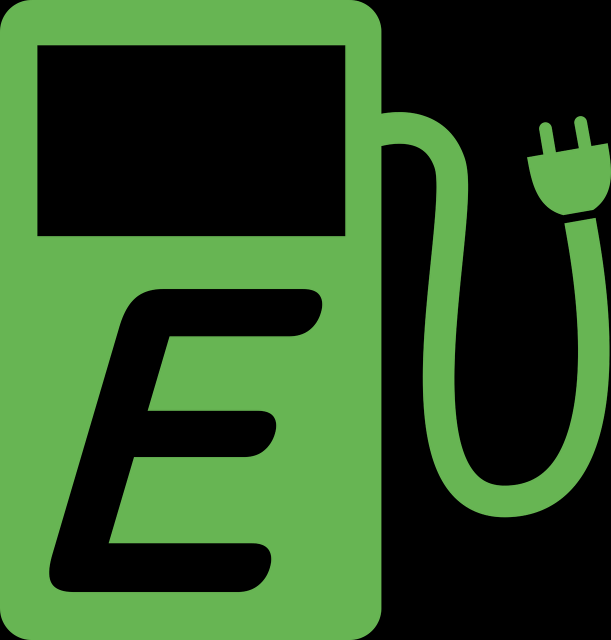
17.12.2018
Action plan will support buyers and infrastructure
BY PETER ADAMOVSKÝ Spectator staff
AFTER industrial production, transportation is the second largest polluter in Slovakia today. Thankfully, e-mobility can lead to its reduction.
Reducing transport emissions is an important part in the overall emissions reduction, said Ján Pribula, secretary general of the Slovak Automotive Industry Association (ZAP). However, excessive pressure on e-mobility will have a major impact on the automotive industry, especially on suppliers. “Since Slovakia is part of this global industry, we can also expect the effects of this development in our country,” Pribula told The Slovak Spectator.
Legislative pressure forces producers to use technical solutions to reduce emissions in places that use transportation. European cities need solutions, said Pribula.
“Well, plenty of controversies about carbon footprints and meaningfulness are starting to emerge in several circles,” Pribula said.
Interest grows only slightly
Residents, companies and the public sector in Slovakia are familiar with alternative fuel vehicles that include battery electric (BEV), plug-in hybrid electric (PHEV) and compressed natural gas (CNG) vehicles. Unfortunately, the number of people who buy these vehicles remain low. Currently, there are about 1,600 BEV and PHEV in the country, according to Peter Ševce, director of the Slovak Electric Vehicle Association (SEVA). The statistics of the European Alternative Fuels Observatory (EAFO) show that authorities registered around 200 BEV and PHEV in 2015, 394 in 2017 and even 469 in the first three quarters of 2018. “Despite the increase, the share of e-vehicles in the newly-sold vehicle’s market is only 0.6 percent,” Soňa Veveričková, project manager at the Research Institute of Transport (VÚD), told The Slovak Spectator. Companies are the largest buyers of such vehicles. The most e-cars are now owned by the Slovenské Elektrárne electricity producer, said Veveričková
Level with EU average
The latest surveys point to a high purchasing potential in Slovakia, but the supply does not correspond with the demand, said Ševce.
“When the carmakers arrive with more models in larger quantity, this discrepancy will fade,” Ševce told The Slovak Spectator. The evidence points to future models with better price tags. Though the delivery of vehicles lasts five to six months in Europe, Slovakia is at the average number of new registrations.
There are slight differences between the Visegrad Group countries. In Hungary, 6,000 BEV and PHEV with green license plates are registered. The Czech Republic has more registered vehicles with alternative fuel too, Ševce said.
Little support
The critical factors resulting in low interest in such vehicles are high price and insufficient range. Pribula sees the need for an adequate product and mix of technology. The market should provide all the alternatives and feel no political pressure on BEV, he said.
“Of course, it is necessary for prices to reach the level of market acceptance, either by mass production or by state support,” said Pribula. The granting schemes now exist in 90 percent of EU countries, according to Ševce. The first Slovak state scheme was a temporary subsidy for the purchase of BEV worth €5,000 per vehicle and PHEV worth €3,000 per vehicle. The scheme ran only from the end of 2016 to mid2018.
In total, 831 applicants, of which 514 are BEV exclusive, received the subsidy. While the successful applications gathered nearly €3.5 million, close to €1.5 million was transferred back to the state budget, Pribula added. Ševce pointed to the end of the interest in sale of e-cars when the scheme faded. The support, which applicants receive after registration of the vehicle, must be long-lasting, sustainable, predictable and stable, he said.
“When suppliers saw that sales can no longer be achieved, they stopped selling e-cars,” said Ševce, adding that people prefer waiting for future models.
Municipalities can save
Support also went to villages, towns and regions. In March 2018, the government launched a subsidy scheme for the purchase of BEV and the construction of infrastructure for municipalities. The applicants could apply for the subsidy from the Environment Ministry’s Environmental Fund in the total allocation of €1 million within six weeks.
While the maximum volume of one subsidy was €30,000, municipalities had to pay at least 5 percent of the car price, said Veveričková. In terms of the use of BEV and PHEV at this level, Žilina has two Peugeot iOns and now is in the process of public procurement for another vehicle through the scheme. Trenčín plans to buy PHEV for its municipal police. Other regional capitals are introducing mainly public e-buses, ebikes, e-scooters, carsharing and bikesharing. In addition, municipalities are investing in the expansion of the network of charging stations for electric vehicles and offer discounts on parking.
Support in neighbouring countries
By comparison, in the Czech Republic companies and municipalities can draw the EU funds. Companies do not have to pay road tax on alternative fuel vehicles and have registration tax relief.
Hungary has a zero registration tax for e-cars and zero tax for corporate e-cars. Hungarian companies also have the ability to claim VAT on electricity for charging, allowances for night charging, subsidies for the establishment of a charging station, exemption from the payment of parking fees in some towns, free access to limited and protected areas and the possibility to use bus lanes.
Infrastructure growing sufficiently
The quantity and quality of the charging stations influence the decision to buy the vehicle. In Slovakia, the infrastructure is, according to experts, developing at a good pace.
While most charging stations are on the highways and main roads so far, projects in the next two to three years will bring many new stations, said Ševce.
“You already have the possibility to go from the west to the east of the country by ecar,” Ševce said.
Today, EAFO records 150 fast-charging stations with a power output of over 22 kW and approximately 385 slow and medium-speed charging stations. The largest investor is the EU via its subsidy mechanisms. The most prominent owners of stations are GreenWay, Západoslovenská Energetika (ZSE) through its fast-E CZ-SK project and retail chains. The creation of slow and medium-speed stations in residential areas and workplaces where charging is most frequent will be much more crucial, said Veveričková.
Ševce pointed to taxi, transport and delivery services, which drive the same distance a month that other cars drive in half a year. The state should specifically motivate this sector to switch to e-mobility.
New action plan brings changes
Changes following neighbouring countries may come in the following months. In late November 2018, the Economy Ministry introduced the Action Plan for the Development of Electric Mobility in the Slovak Republic, including 16 measures to change the perception of low-emission mobility.
The measures include further direct support of vehicles in the allocation of €5 million and infrastructure in the allocation of €1 million. In addition, the plan should implement a distinctive vehicle designation, the possibility of using zones reserved for public transport, permission to enter low-emission zones and use car parks intended for specific groups of users.
The ministry plans to launch an information campaign that will include a practical online map of charging stations, the Hospodárske Noviny daily reported.
Bright future
Demand and supply for vehicles with alternative fuel will grow in the following years. However, low-emission vehicles will not eliminate traffic jams, according to Ševce. He pointed out that the growth should be mainly in segments where driving is more frequent.
“A car is not a philosophy, but a means to get from point A to point B,” Ševce said.
—-
New action plan measures
–direct support for the purchase of e-car (total allocation – €5 million)
–direct support for the construction of charging station (total allocation – €1 million)
–distinctive vehicle designation
–possibility of using zones reserved for public transport
–permission to enter low-emission zones
–permission to use car parks intended for specific groups of users
Top BEV and PHEV models in Slovakia
Nissan Leaf
Kia Niro PHEV
Audi A3 e-Tron
Audi Q7 e-Tron
Mercedes GLC350e
BMW i3
Smart Fortwo ED
Volkswagen e-Golf
Volkswagen Golf GTE
Hyunday Ioniq Electric
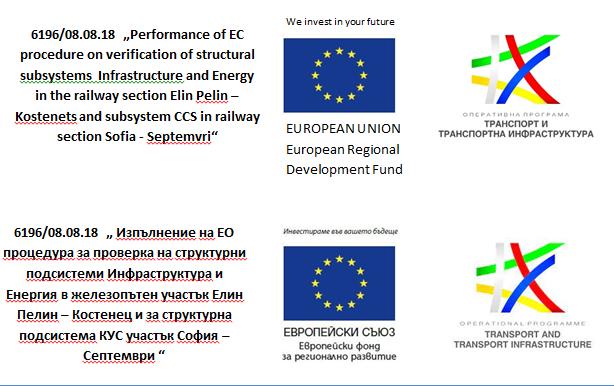
...in the railway section Elin Pelin – Kostenets and subsystem CCS in railway section Sofia - Septemvri More...
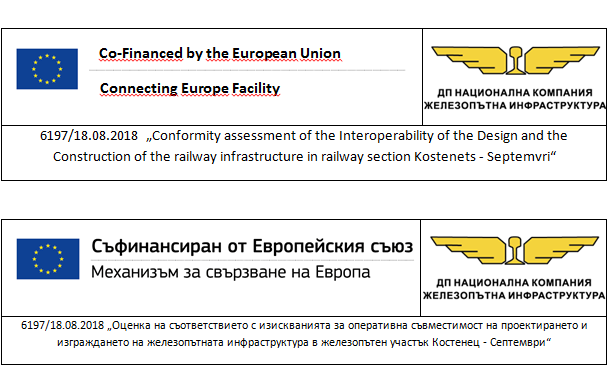
...railway infrastructure in railway section Kostenets - Septemvri More...
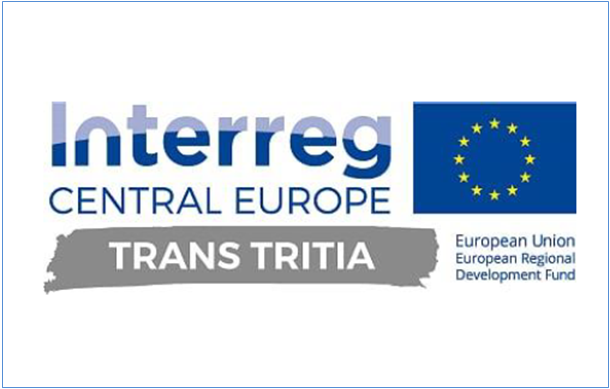
TRANS TRITIA Improving coordination and planning of freight transport on Trans Tritia project territory More...
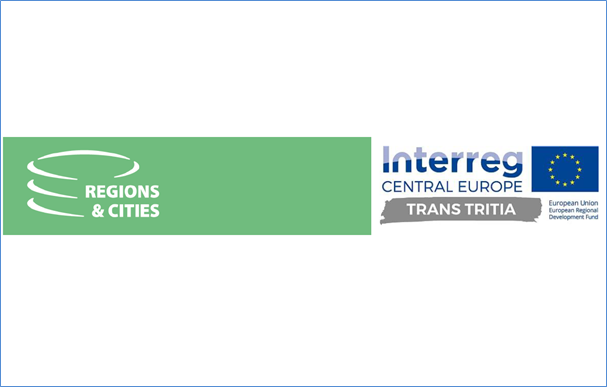
After 3 years of successful implementation, the project TRANS TRITIA is reaching to the end of its duration. We are pleased to invite you to join us during the project conference held in Brussels within the European Week of Regions and Cities 2020 from October 05 - 22 2020. More...
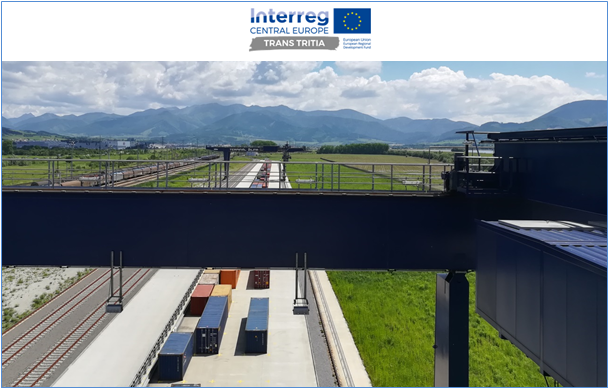
Coordination meeting no.4 on 6 June 2019 in Žilina and visit of the TIP Žilina More...
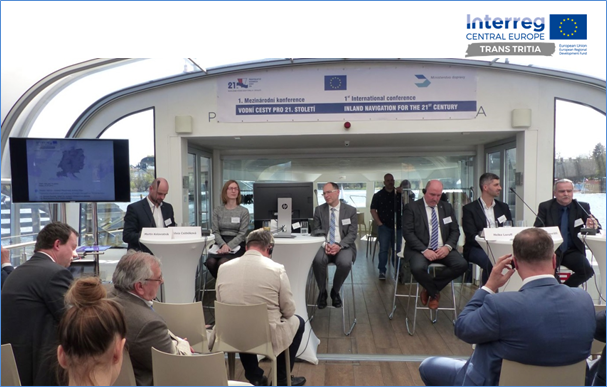
TRANS TRITIA Project partners recently tool part in the conference More...

[17.12.2018; The Slovak Spectator; E-MOBILITY; s. 6,7; PETER ADAMOVSKÝ] More...
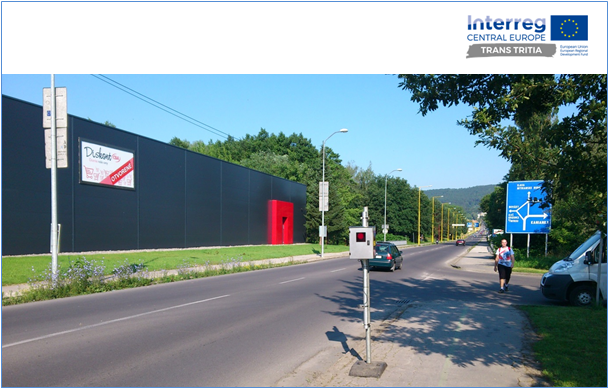
The Coordination Meeting no.2 was held in 09.08.2018 at Zilina, Slovakia. More...
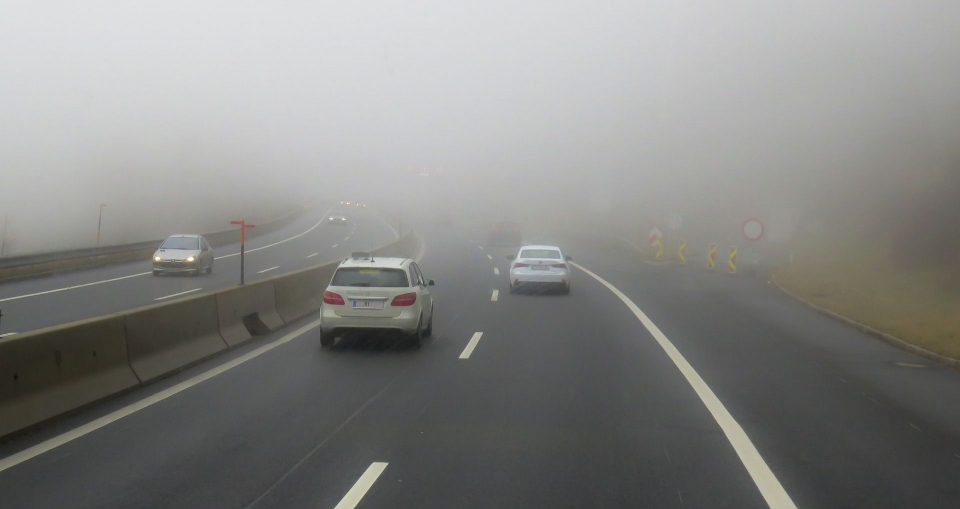
[28.02.2018; spectator.sme.sk; Slovak Spectator; 00:00; Jana Liptáková] More...
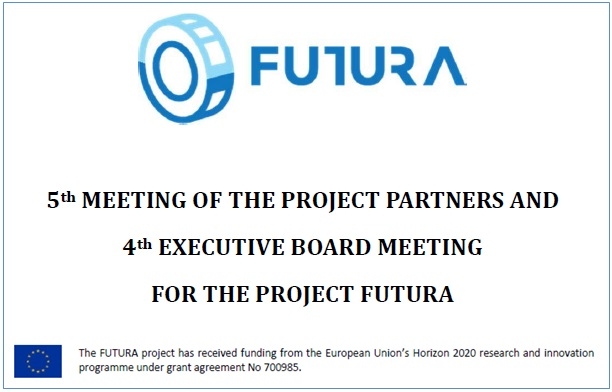
Project partners of the Project FUTURA have attended the 5th meeting of the project partners and 4th executive board meeting More...
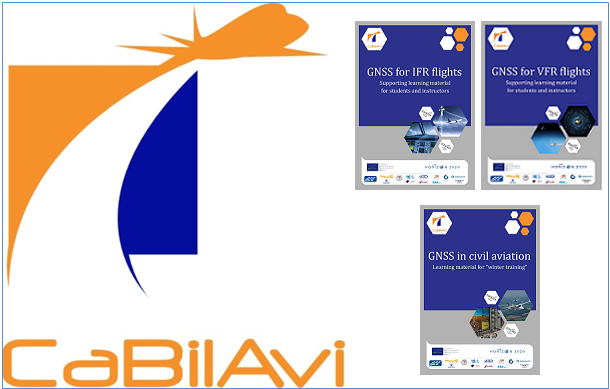
Finish the project "CaBilAvi" More...
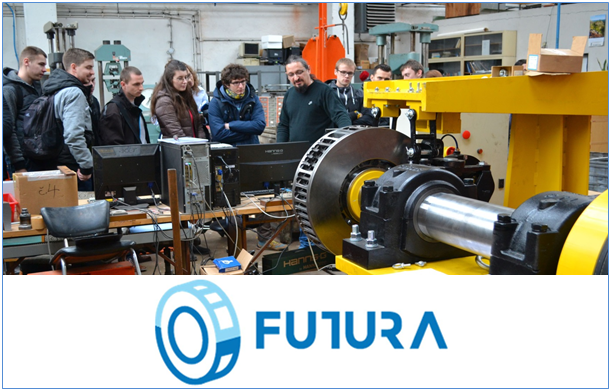
For the purpose of dissemination of the Future project were invited students from the University of Žilina to the premises of the Test laboratory for machine parts strength measurement, Výskumný ústav dopravný, a. s., Žilina More...
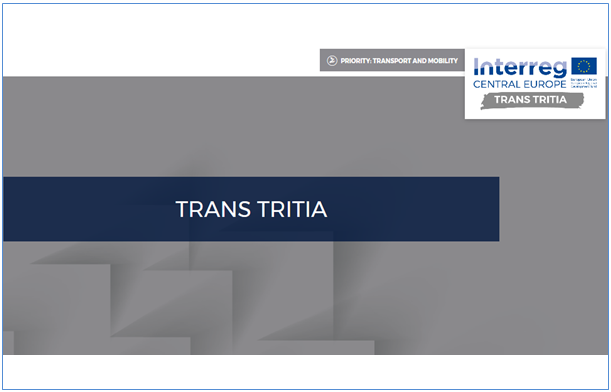
The Interreg CENTRAL EUROPE Member States have selected TRITIA TRANS project proposals for funding. Vyskumny ustav dopravny is partner of project. More...
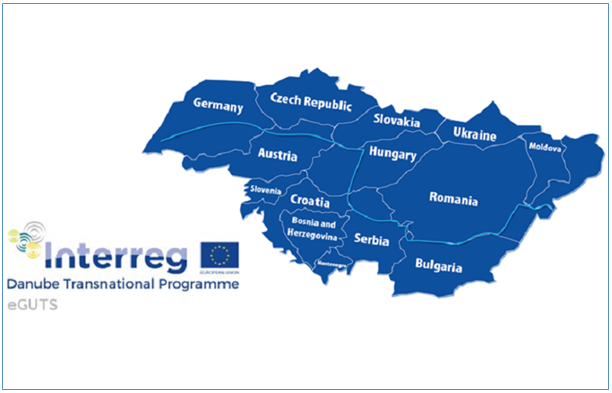
Transport Research Institute - partner of project eGUTS Electric, Electronic and Green Urban Transport Systems More...